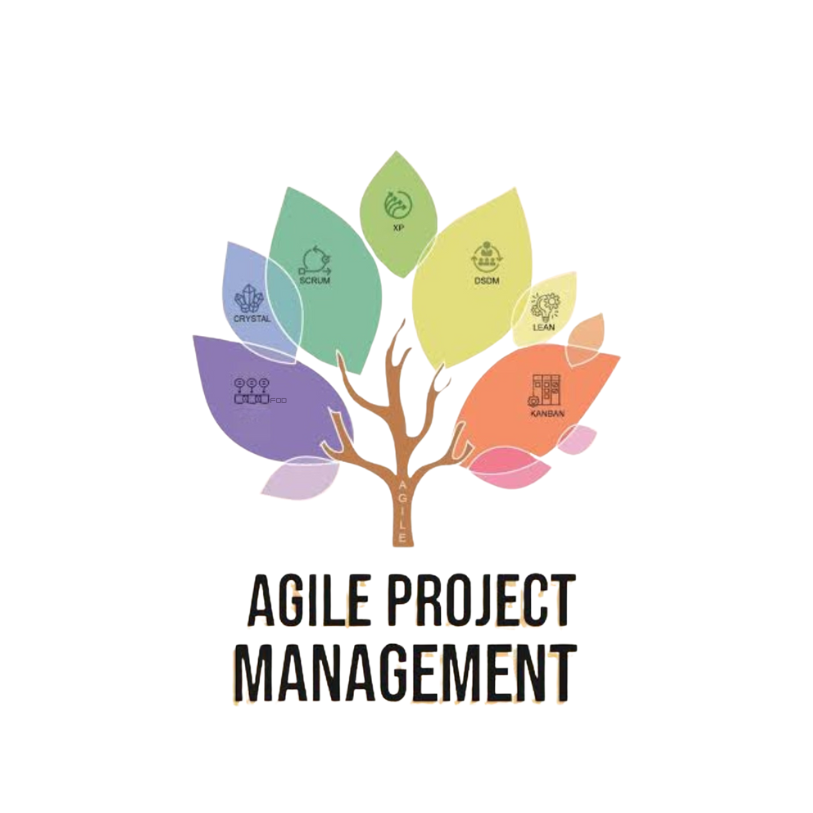

Master the Modern Project Management Office
Comprehensive guide to Project Management Office (PMO) fundamentals, implementation strategies, value generation frameworks, and best practices for organizational success.
Understanding the Modern Project Management Office
The Project Management Office (PMO) is a pivotal organizational structure that centralizes, coordinates, and oversees the management of projects, programs, and portfolios within an organization. According to PMI's PMBOK® Guide, the PMO standardizes project-related governance processes and facilitates the sharing of resources, methodologies, tools, and techniques.
The PMO has undergone significant transformation, evolving from basic governance functions to strategic value drivers:
Understanding Different PMO Approaches
Focused on specific departments or business units, providing targeted support for divisional projects.
Organization-wide governance framework with highest strategic influence and C-level reporting.
Temporary setup for single, large-scale, or high-risk projects requiring intensive support.
Low control, consultative approach providing templates, best practices, and guidance.
Moderate control requiring compliance with frameworks, methodologies, and governance processes.
High control with direct project management authority and full ownership of delivery.
Focus on strategic alignment and value delivery, working closely with executive leadership.
Day-to-day project support providing tools, resources, and assistance for successful execution.
Dedicated focus on tracking and maximizing ROI and benefits realization from projects.
The PMO Customer Experience Cycle and Flywheel Model
Understanding customer landscape and needs
Creating tailored value propositions and services
Implementing and onboarding PMO services
Continuous improvement and service maturation
Measuring and demonstrating delivered value
Creating PMO visibility and understanding
Deep discovery of customer requirements
Articulating PMO value and benefits
Creating/refining PMO services
Introducing services to customers
Day-to-day service delivery
Performance measurement and feedback
Continuous enhancement and maturation
Measuring tangible outcomes and benefits
Ensuring customer appreciation and support
A Systematic Approach to PMO Establishment
Critical Elements for High-Impact PMO
Strong and visible executive sponsor who champions the PMO's value and advocates for its initiatives.
Formally documented charter that defines the PMO's purpose, scope, responsibilities, and authority.
Sufficient budget and skilled personnel to fulfill the PMO's mandate and deliver on its promises.
Understanding stakeholder needs and designing services to address specific pain points.
Consistently tracking and communicating impact on project success and business outcomes.
Flexible methodologies and services tailored to different project types and business needs.
Get expert guidance and comprehensive training to establish or enhance your Project Management Office